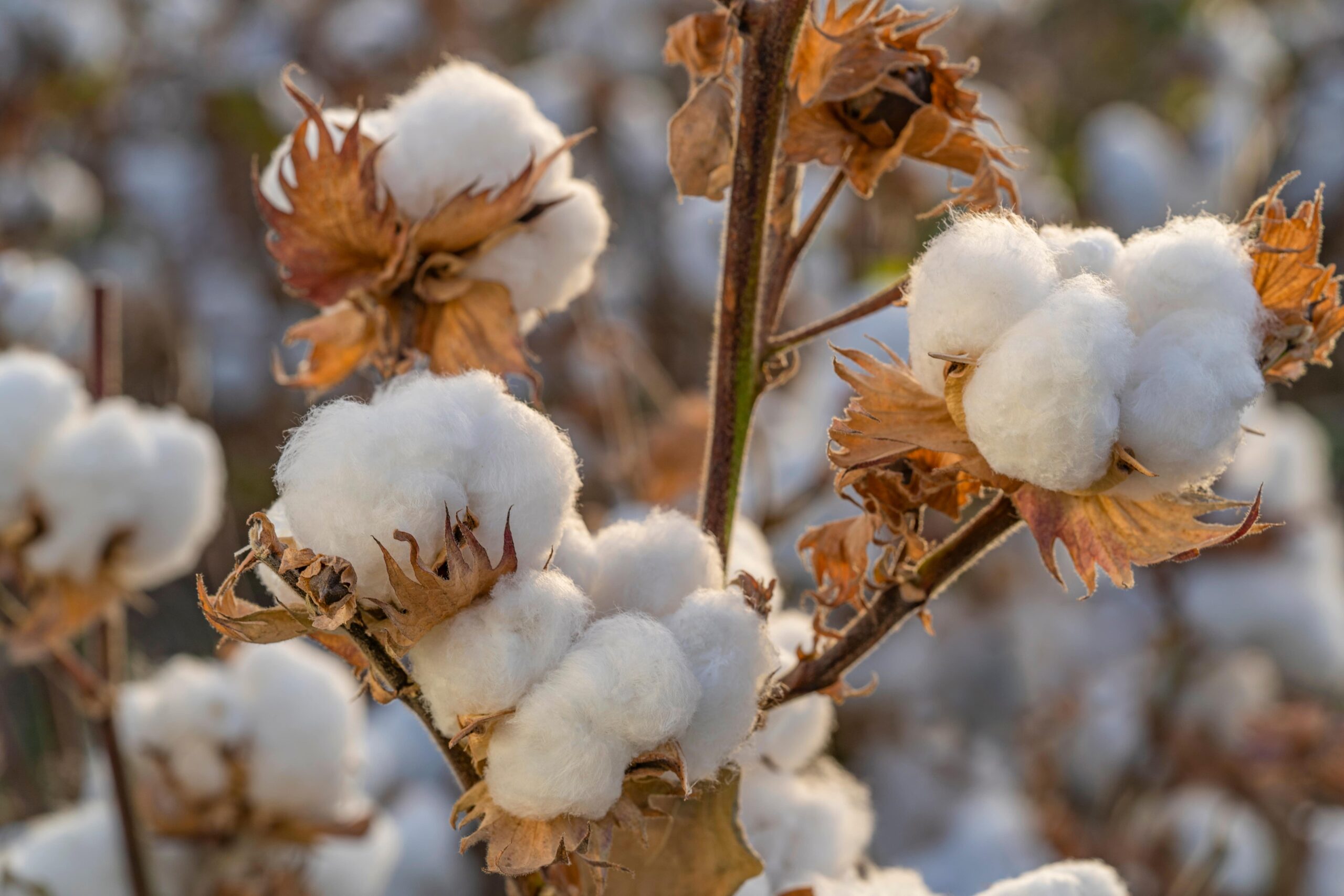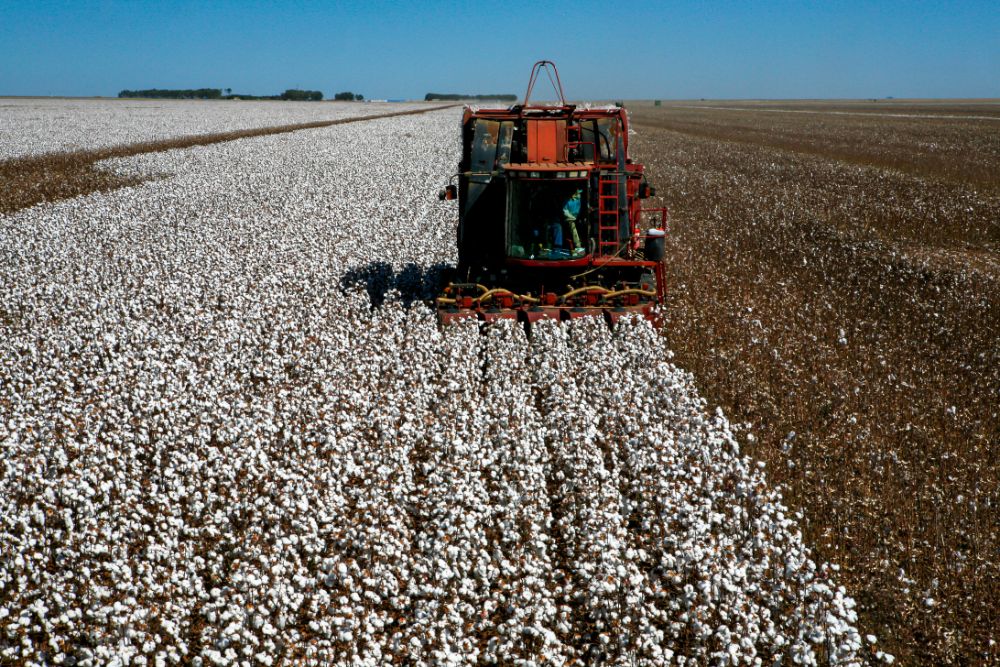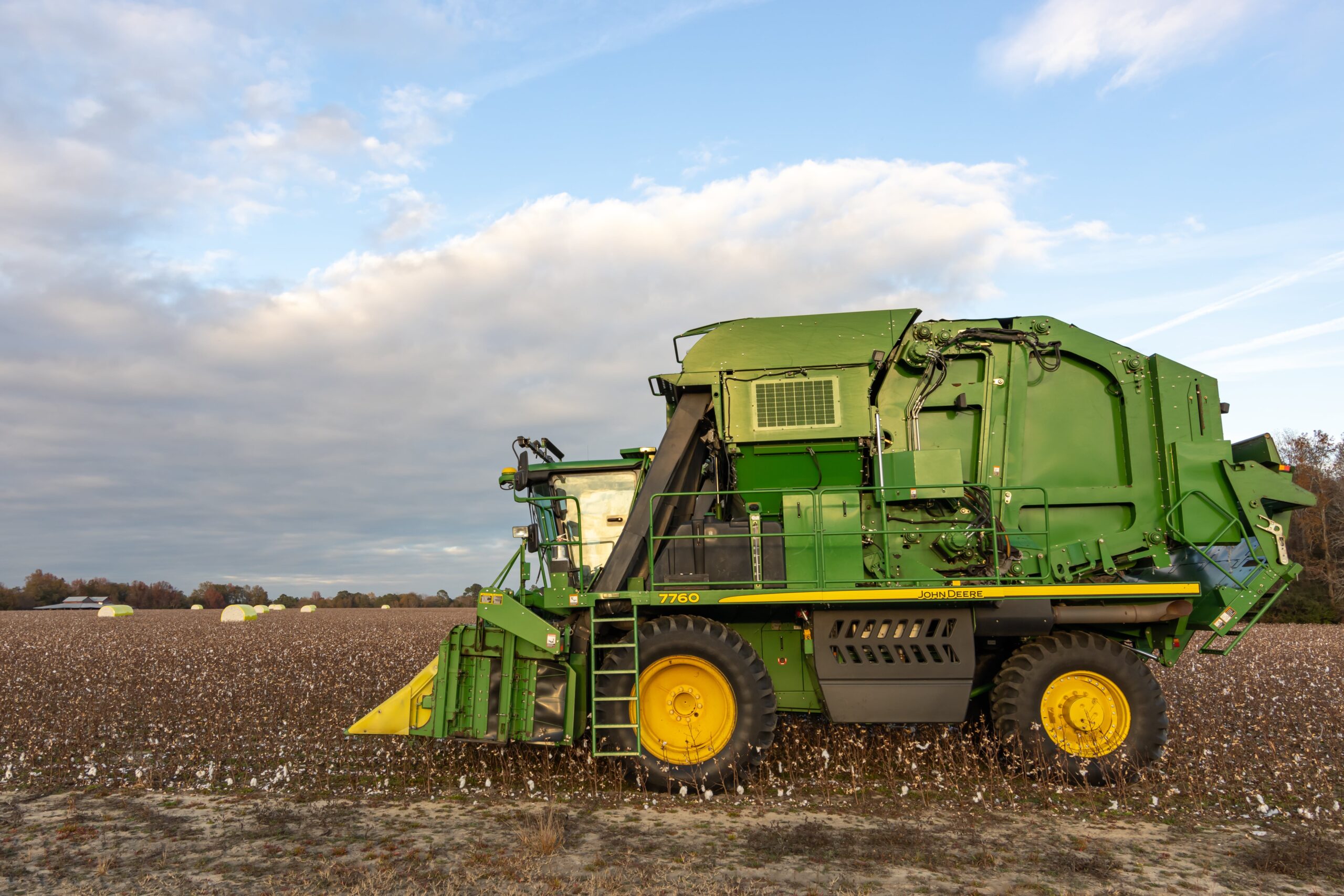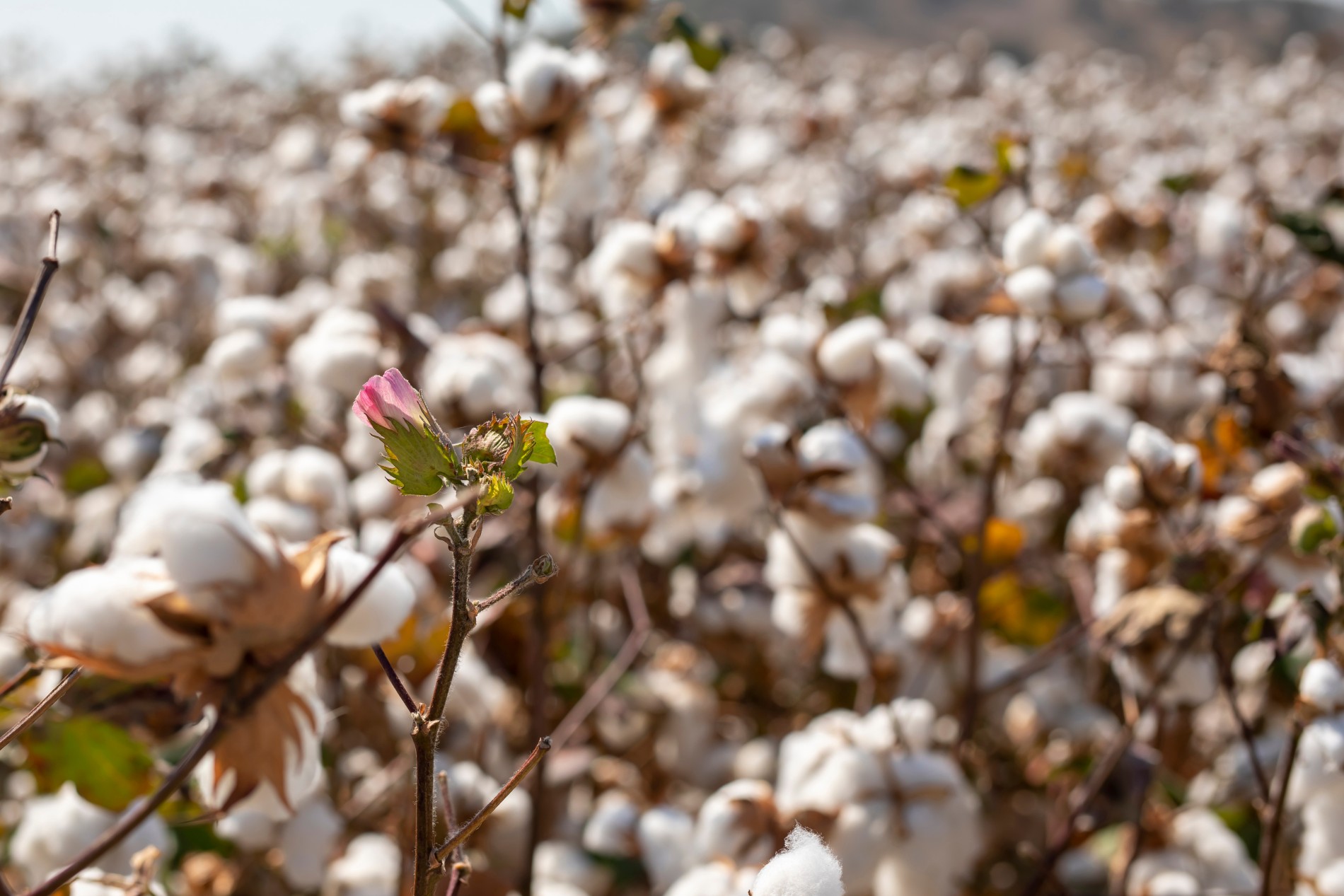Cotton harvesting is a critical stage in the agricultural process, and modern technology has revolutionized it. For centuries, cotton was harvested by hand—a slow and labor-intensive task. Today, cotton harvesters, also known as cotton pickers, or cotton strippers, have streamlined this process, significantly increasing productivity and reducing the amount of manual labor needed. The Role
READ MORECotton Harvesting
Revolutionizing Cotton Harvesting: The Role of Modern Harvesters
Cotton harvesting has come a long way since the early days of manual labor in the fields. The process has become much more efficient and productive with the introduction of modern technology and machinery. One of the key players in this revolution is the modern cotton harvester. The Evolution of Cotton Harvesting Before we dive
READ MOREFrom Field to Fabric: Understanding Cotton Harvesting Techniques
Cotton is one of the most important crops in the world, and it is used in a wide range of industries, from textiles to medical supplies. Harvesting cotton requires precision, efficiency, and expertise to ensure a successful yield. The Importance of Cotton Harvesting Before we dive into the specifics of cotton harvesting techniques, let’s first
READ MOREBeyond the Fluff: Understanding Cotton Harvesting Machinery
When it comes to the world of agriculture, cotton plays a vital role in the textile industry. Cotton harvesting, in particular, is a complex process that requires specialized machinery to ensure efficiency and productivity. We will delve deep into the world of cotton harvesting machinery, going beyond the fluff to help you understand the intricate
READ MOREHow Precision Agriculture Enhances Cotton Harvesting Efficiency
In the world of agriculture, precision is key. The ability to accurately and efficiently harvest crops is essential for farmers to maximize their yields and profits. This is especially true in the case of cotton harvesting, where precision agriculture plays a crucial role. In this blog, we will explore how precision agriculture enhances cotton harvesting
READ MORE



